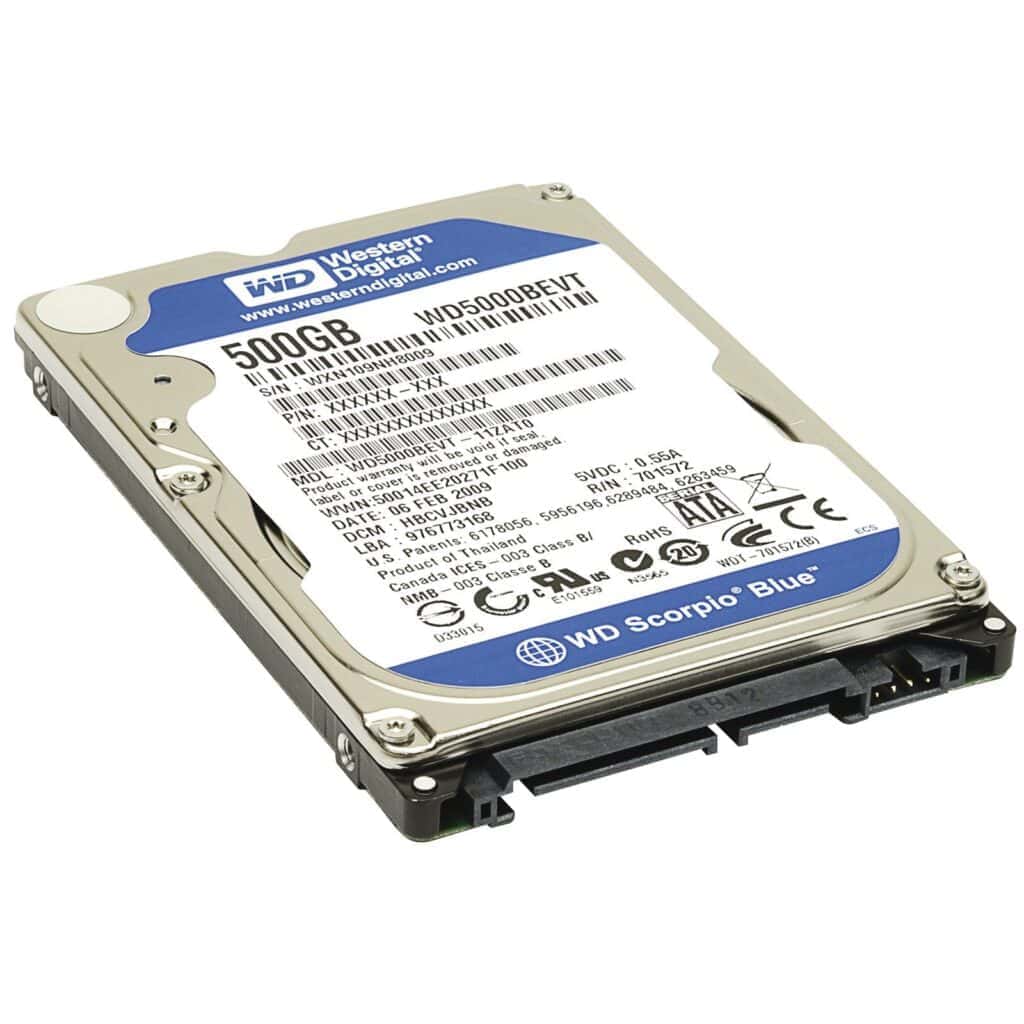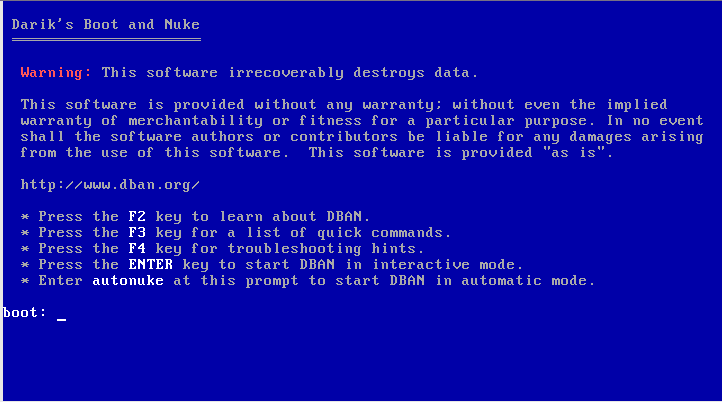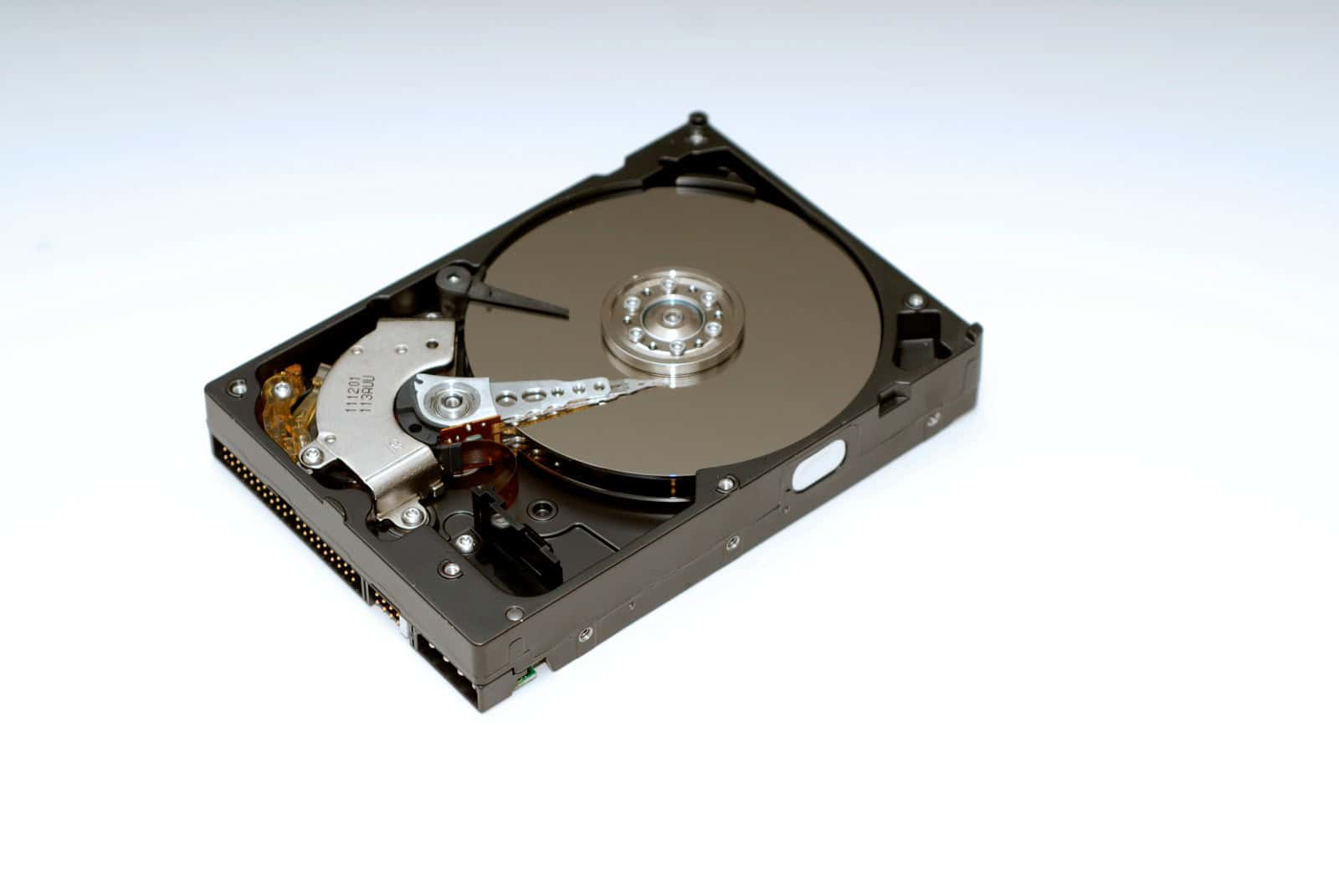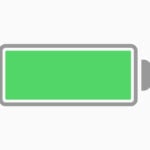Wiping a hard drive is essential for data security when selling or disposing of a computer. The most effective method to completely erase a hard drive is using data destruction software. These specialized tools overwrite the entire drive with random data, making previous information unrecoverable.
For Windows users, built-in options like the recovery drive or disk management tools offer ways to wipe a drive. The recovery drive method involves moving all data to an external drive, then wiping the original. Disk management allows formatting, which effectively erases the drive’s contents.
Another option is using bootable USB tools like DBAN. This software writes zeros across the entire disk, ensuring a thorough wipe. For those less tech-savvy, professional data destruction services provide a guaranteed solution for sensitive data removal.

Securely Erasing Your Hard Drive: A Step-by-Step Guide
Wiping a hard drive is essential before selling, donating, or repurposing your computer. It ensures your personal data is completely erased and unrecoverable. Here’s a guide to the best methods:
1. Built-in Operating System Tools
Modern operating systems offer built-in tools for secure erasure:
- Windows: Use the “Reset this PC” feature, choosing the option to “Remove everything.” This overwrites the drive with random data.
- macOS: Use Disk Utility’s “Erase” function with the “Security Options” set to the most secure level. This performs multiple passes of data overwriting.
2. Third-Party Software

For more advanced options and control, consider third-party data destruction software:
- DBAN (Darik’s Boot and Nuke): A popular free tool that provides various data sanitization methods, including DoD and Gutmann standards.
- Eraser: Another free option with secure erase features and scheduling capabilities.
- Parted Magic: A paid tool with a user-friendly interface and advanced features like SSD Secure Erase.
3. Physical Destruction
For the most secure data erasure, physical destruction is the ultimate solution:
- Drilling: Drill holes through the hard drive platters to physically damage the data storage.
- Hammering or Crushing: Physically destroy the drive to render it unusable.
- Degaussing: Use a degausser to erase the drive’s magnetic field, rendering the data unreadable. (Note: This method is less effective for modern drives.)
Choosing the Right Method
The best method depends on your needs and the sensitivity of the data:
- Basic Needs: Built-in OS tools are sufficient for most users.
- Higher Security: Third-party software offers more advanced options.
- Ultimate Security: Physical destruction is the most secure but renders the drive unusable.
Important Considerations
- Backup: Always back up important data before wiping your drive.
- Drive Type: SSDs require different erasure methods than HDDs. Use secure erase features specifically designed for SSDs.
- Time: Secure erasure methods can take several hours to complete.
| Method | Description | Security Level |
|---|---|---|
| OS Tools | Built-in features in Windows and macOS | Moderate |
| Third-Party Software | DBAN, Eraser, Parted Magic | High |
| Physical Destruction | Drilling, hammering, degaussing | Highest |
Key Takeaways
- Data destruction software is the most reliable method for complete hard drive erasure
- Windows offers built-in tools for drive wiping, including recovery drive and disk management options
- Bootable USB tools provide an alternative for thorough data removal across different operating systems
10 Best Programs For Erasing Hard Drives
| Rank | Software | Description | License | Key Features |
|---|---|---|---|---|
| 1 | DBAN (Darik’s Boot and Nuke) | Open-source tool for secure data erasure. | Free | Multiple data sanitization methods (DoD, Gutmann), bootable from CD/USB. |
| 2 | Eraser | Free software for secure erasure with scheduling capabilities. | Free | Secure erase methods, scheduling, supports various drives. |
| 3 | Parted Magic | Paid tool with a user-friendly interface and advanced features. | Paid | SSD Secure Erase, data recovery, disk partitioning, cloning. |
| 4 | KillDisk | Professional data destruction software with various erasure standards. | Paid | One-pass and multi-pass overwrite, bootable media, reporting features. |
| 5 | Blancco Drive Eraser | Certified data erasure software for compliance with regulations. | Paid | Tamper-proof audit trail, supports various drives and standards. |
| 6 | Active@ KillDisk | Powerful tool for secure erasure of hard drives and SSDs. | Paid | Bootable media, hardware diagnostics, data recovery features. |
| 7 | WipeDrive | Enterprise-grade data erasure software with advanced features. | Paid | Centralized management, automated erasure, detailed reporting. |
| 8 | BCWipe Total WipeOut | Securely wipes data from hard drives, SSDs, and mobile devices. | Paid | Military-grade erasure standards, supports various file systems. |
| 9 | Disk Wipe | Free and portable tool for secure data erasure. | Free | Simple interface, multiple overwrite passes, supports various drives. |
| 10 | CCleaner | Popular system optimization tool with a drive wiping feature. | Freemium | Secure erase options, system cleaning, privacy protection. |
Preparing to Wipe Your Hard Drive
Wiping a hard drive requires careful planning and preparation. Several key steps ensure a smooth and secure data erasure process.
Backup Important Data
Before wiping a hard drive, create backups of all essential files. Use an external hard drive or cloud storage service to save important documents, photos, and other data. Verify the backup’s completeness by checking file sizes and counts.
Create a list of installed software and license keys. This helps with reinstallation after the wipe. Export browser bookmarks and save email contacts to preserve online information.
For large files, consider using file compression to save space on the backup device. Test restored files from the backup to ensure data integrity.
Determine the Hard Drive Type
Identify whether the drive is a traditional hard disk drive (HDD) or solid-state drive (SSD). HDDs use magnetic platters, while SSDs use flash memory. This distinction affects the wiping method.
For HDDs, standard overwriting techniques work well. SSDs require special secure erase commands due to their wear-leveling algorithms. Check the manufacturer’s website for specific SSD wiping tools.
Note the drive’s capacity and interface (SATA, NVMe, etc.) to select compatible wiping software. Record the drive’s model number for reference during the wiping process.
Selecting the Right Software
Choose data destruction software based on the drive type and desired security level. For HDDs, DBAN (Darik’s Boot and Nuke) is a popular free option. It overwrites data multiple times for thorough erasure.
For SSDs, use manufacturer-specific tools or third-party software like Parted Magic. These utilize the ATA Secure Erase command for effective wiping.
Consider government or industry standards for data sanitization when selecting software. Some programs offer certificates of erasure for compliance purposes.
Free options like Eraser work well for basic needs. For enhanced security, paid software may offer more advanced features and support.
Using an OS-Based Solution
Windows 10 and 11 include built-in tools for drive wiping. The “Reset this PC” feature removes personal files and reinstalls the operating system. For a more thorough wipe, use the command prompt with the diskpart utility.
On Windows 8 and later, access the “Remove everything and reinstall Windows” option in PC settings. This performs a basic wipe suitable for most users.
macOS offers Disk Utility for erasing drives. It provides options for quick or secure erase, depending on the level of data sanitization needed.
Linux distributions often include disk management tools like GParted, which can format and overwrite drives effectively.







